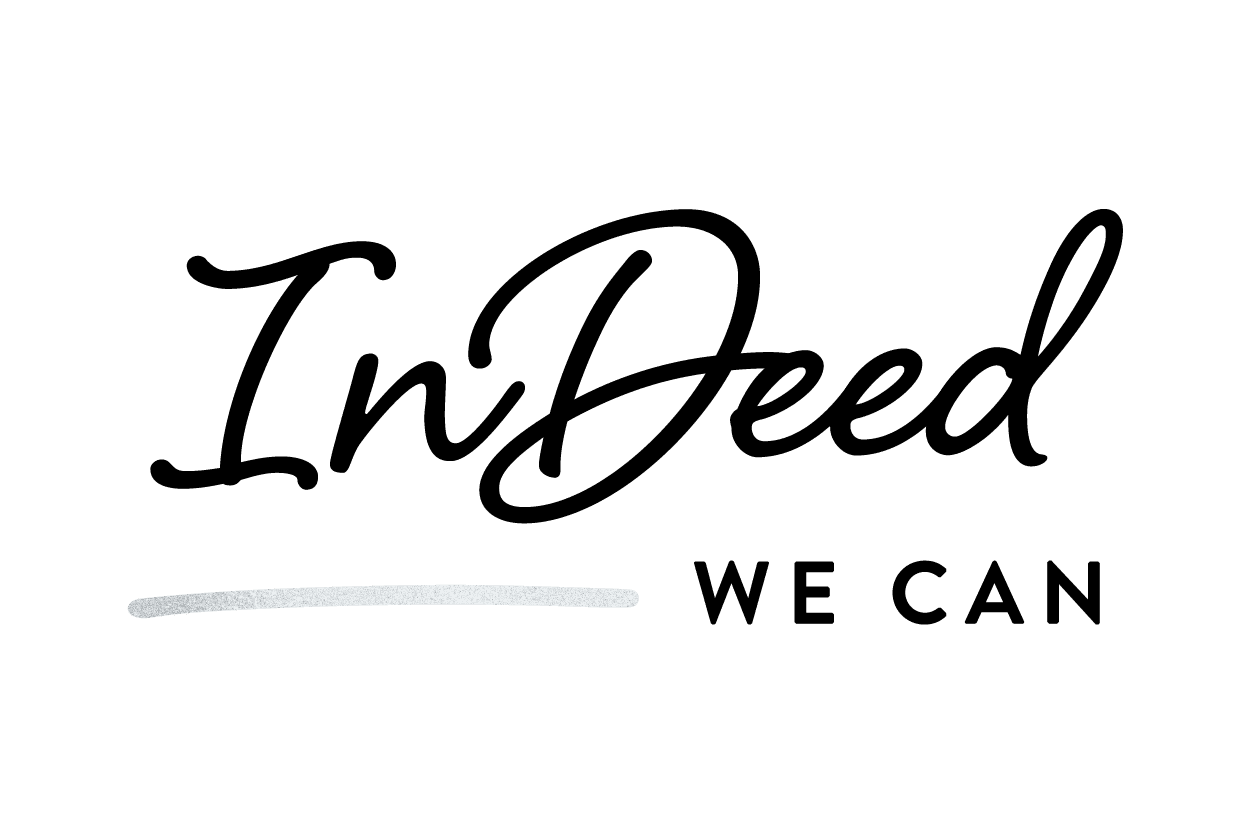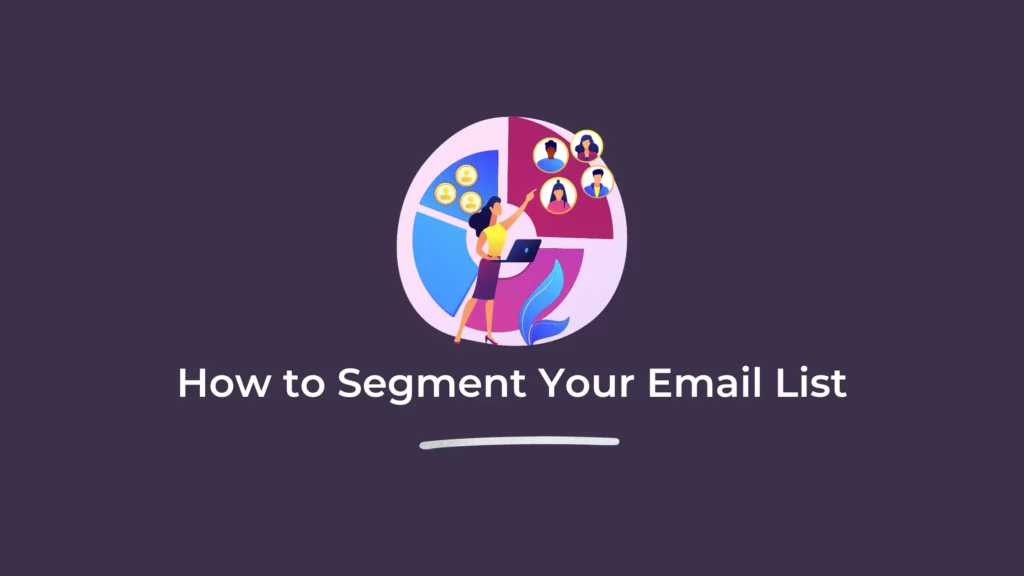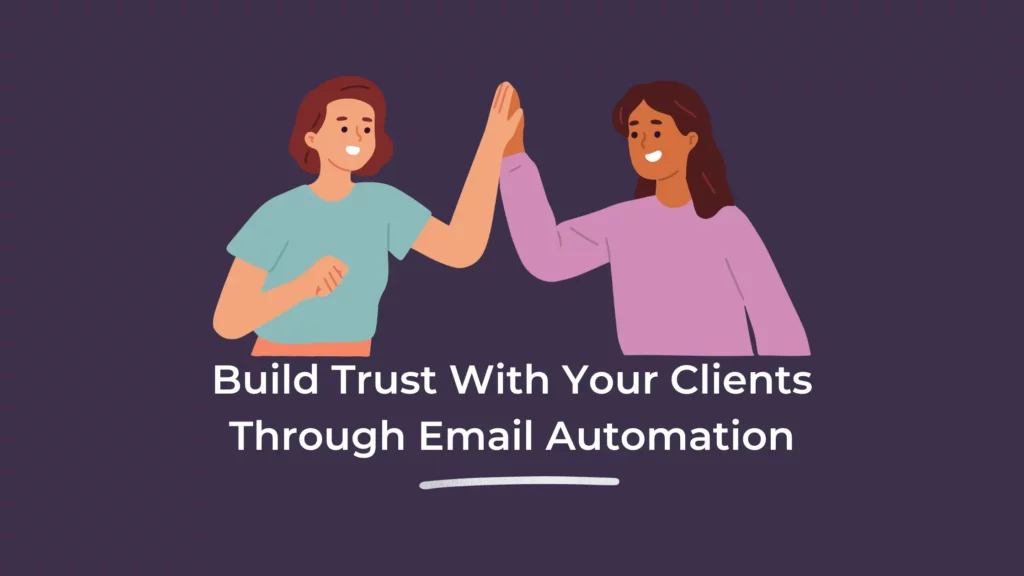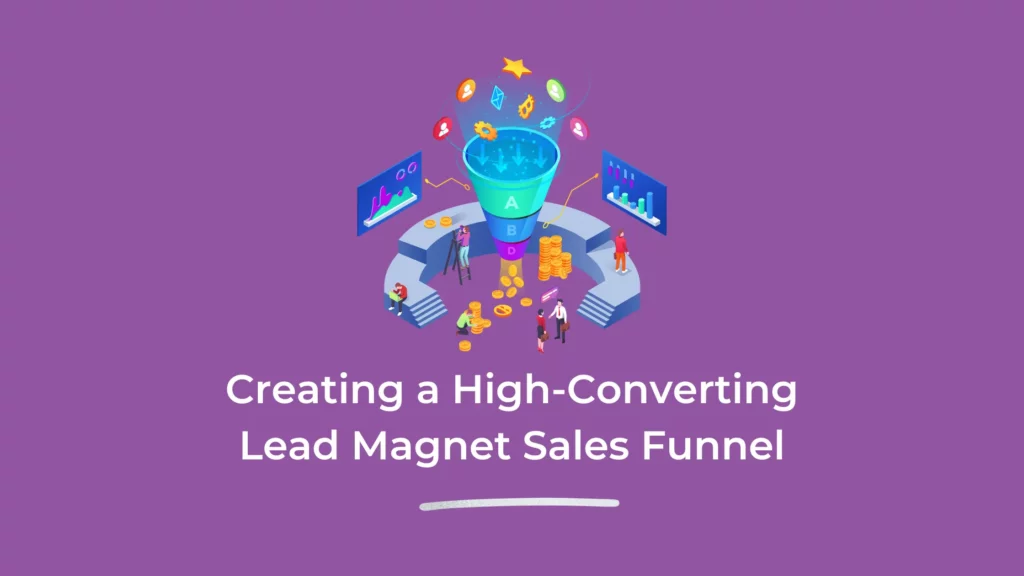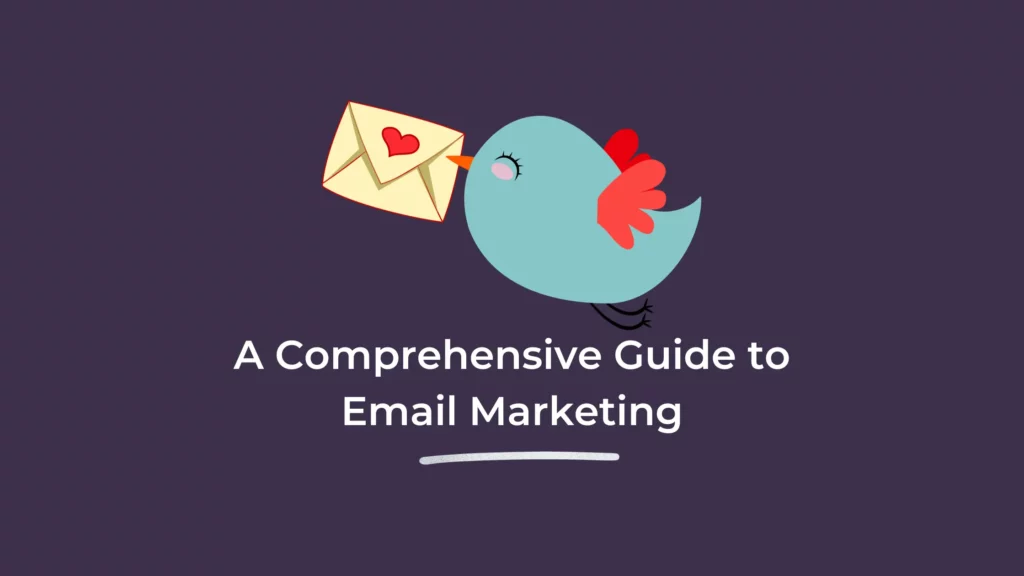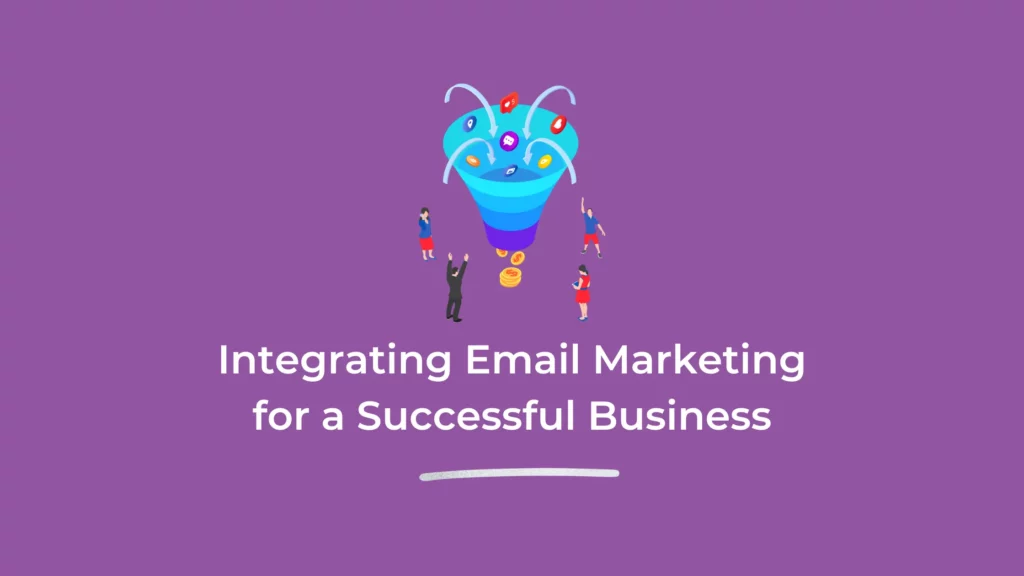Want better engagement and conversion from the newsletters you send to your subscribers? Learn how to segment your email list for best results.
Table of Contents
You sell a kickass service. You want to help more clients. And you are already sending newsletters to your subscribers. So let’s talk about how to segment your email list.
At the heart of email marketing is not only what you send, but getting the right emails to the right people.
This is where list segmentation comes into your strategy. In simple terms, email segmentation is the practice of breaking your subscribers into smaller, targeted groups.
In this article, we talk about how to segment email lists with tools like MailerLite and Mailchimp.
What Is Email List Segmentation?
Think of segmenting your email list as sorting your contacts into clear groups based on a common theme. It’s like having different folders for subscribers who like different services. But it’s all in your email marketing platform.
And it helps you send more relevant emails with the right message, to the right person.
This means better personalised email content which will help build the know, like and trust factor. Leading to a more engaged list of people who want to work with you.
Benefits of Segmenting your Email List
- Relevance: Your emails will matter more to each person.
- Engagement: More people will read your emails.
- Efficiency: You save time by sending the right message to the right group.
The more relevant your newsletter is to the reader, the more likely they will open and read your email.
Once they have opened your email to read it, they are more likely to engage with your email and click on the link inside.
That action brings you closer to your campaign goal of converting your subscribers.
And that means more money in the bank.
Using MailerLite and Mailchimp
Both MailerLite and Mailchimp offer tools to segment your email list. Let’s look at each:
MailerLite:
- Tags: These are like labels. Tag your contacts based on interests, past buys, or email interactions.
- Groups: These are categories. Put contacts into groups based on what services they show an interest in.
- Segments: These update on their own. They group contacts by things like how much they interact, where they are, or what emails they open.
Mailchimp:
- Tags: These work like in MailerLite. Label your contacts by what they do or like.
- Groups: These are mini-lists in your main list. Subscribers can pick their groups when they sign up.
- Segments: This filters contacts based on shared traits, like behaviour or engagement level
Types of Email Segmentation
- Define Your Criteria: Decide what puts someone in a segment. This could be their interest in a service, where they are, or how they react to your past emails.
- Tag and Group Contacts: Use tags for specific details and groups for broader ones.
- Create Segments: Mix tags and groups to make segments. For example, make a segment of clients who clicked a service link in your last email.
Demographic segmentation includes:
- Age
- Gender identity
- Income
- Job title or business type
Psychographic segmentation includes:
- Interests
- Lifestyle
- Values
Behavioural segmentation includes:
- Open rates and click rates
- Interactions with website
- Purchase history
Geographic segmentation includes:
- Country or Region
- Time zone
- Language
Tips for Good Email List Segmentation
- Keep It Simple: Begin with broad segments. Get more detailed as you understand your audience better.
- Check Often: People’s interests shift. Keep your segments up-to-date.
- Test and Learn: Try different email content for different segments to see what works best.
Not sure which segment to create first?
Start with a behavioural segmentation based on email engagement (open and click rates) and geographic segmentation based on country or region.
Final Thoughts from Louise
Segmenting your email list is more than a smart tactic. It makes your connection with your audience more personal and effective.
Using tools like MailerLite and Mailchimp makes sending the right messages to the right people simple.
So I challenge you to go and create your first segment and watch your engagement rise in the next newsletter you send.
Need help?
It’s great that you’re ready to segment your email list and I know the technical aspect of this can be daunting. This is why I’m here to help you get that sorted out.
And the best place to start is with the self-assessment email marketing audit. This will help me identify what you’re currently doing and what you should be doing, including email list segmentation.
The perfect next step for those who have been sending emails for a while and are ready to boost sales and improve email engagement.
P.S. Are you new to sending newsletters and not ready for an audit? Get in touch with Louise here and ask how you can Pick my Brain.
